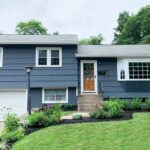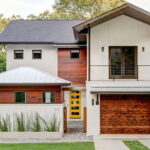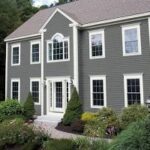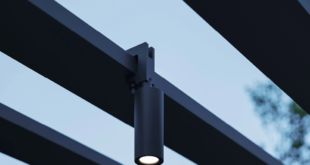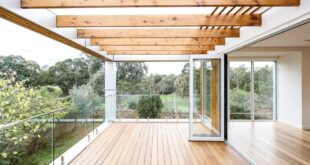Selecting the right exterior house colors is crucial as it can greatly impact the appearance and overall aesthetic of your home. When choosing colors for your home’s exterior, it’s important to consider the overall style and look of your neighborhood. Your home should complement the surrounding houses while also standing out in a tasteful and cohesive way. Here are some tips on how to select exterior house colors that will harmonize with your neighborhood.
The first step in choosing exterior house colors is to take a look at the existing homes in your neighborhood. Pay attention to the color schemes, architectural styles, and landscaping of the surrounding houses. Take note of what colors are predominant and what colors are complementary. This will give you a good idea of what colors will work well in your neighborhood.
Next, consider the architectural style of your home. Different architectural styles lend themselves to different color schemes. For example, a Victorian-style home may look best in more traditional and muted colors, while a modern home may look great in bold and vibrant hues. Make sure to choose colors that enhance and complement the architectural features of your home.
It’s also important to take into account the landscaping and natural surroundings of your neighborhood. If you live in a wooded area, you may want to choose earthy tones that blend in with the natural environment. On the other hand, if you live in a more urban setting, you may want to opt for more contemporary and bold colors.
When choosing exterior house colors, it’s important to consider the overall feel and vibe of your neighborhood. If your neighborhood has a more conservative and traditional look, you may want to stick with classic and timeless colors like whites, grays, and browns. On the other hand, if your neighborhood has a more eclectic and artistic vibe, you may want to experiment with more vibrant and unconventional colors.
Lastly, consider the lighting and climate of your neighborhood. The color of your home can look different depending on the lighting conditions and weather. For example, colors may appear brighter and more vibrant in direct sunlight, while they may appear duller in overcast or rainy conditions. Take these factors into consideration when choosing your exterior house colors.
In conclusion, selecting exterior house colors that complement your neighborhood is essential in creating a cohesive and harmonious look. By taking into account the existing homes, architectural style, landscaping, neighborhood vibe, and lighting conditions, you can choose colors that will enhance the overall appearance of your home while also fitting in with the surrounding houses. Remember to also consider your personal preferences and style when selecting colors, as ultimately, your home should be a reflection of your own taste and personality.

